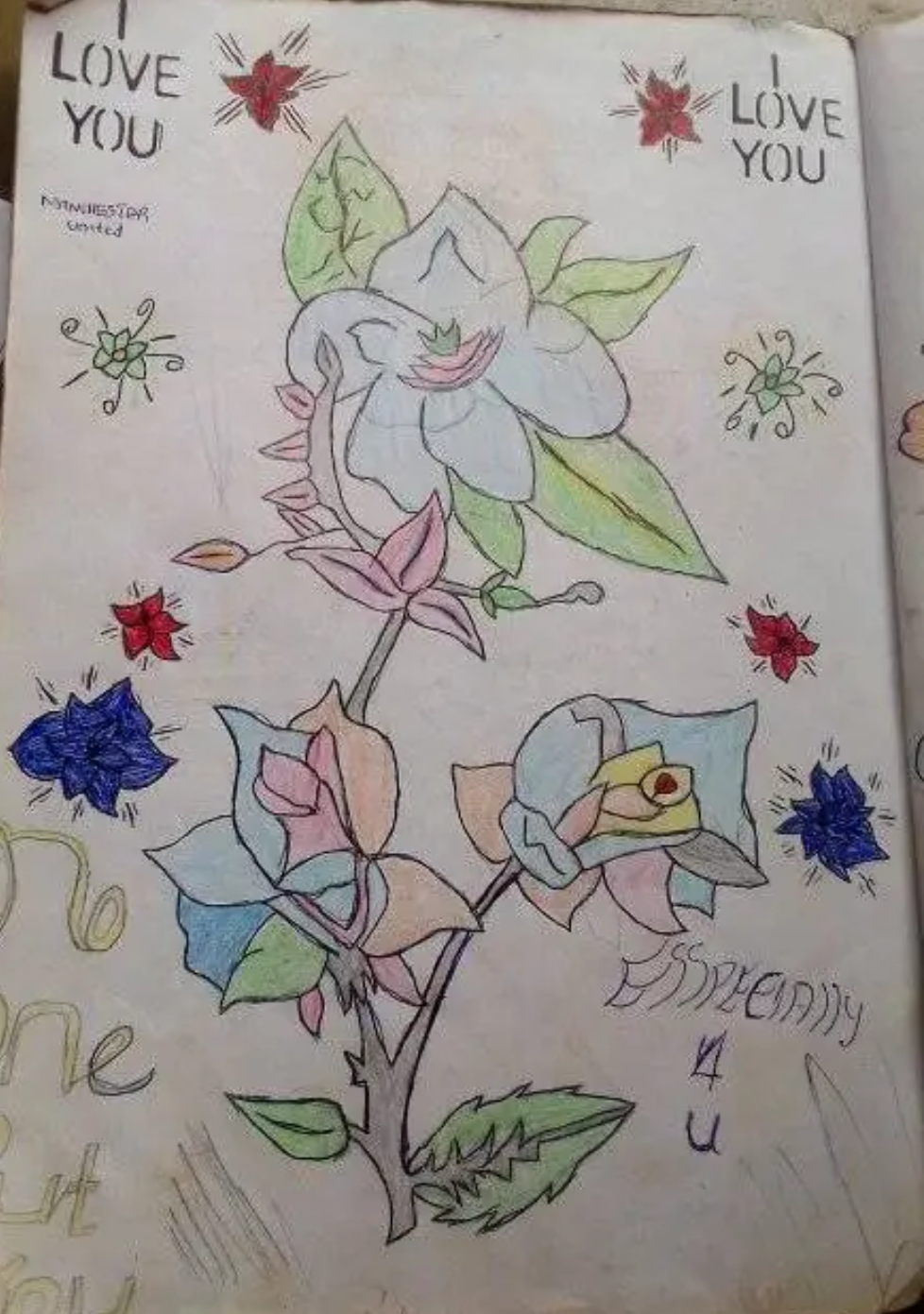FLOWER IS ONE OF THE LOVE SYMBOLS.

Foundation:
Blossoming plants are regularly separated into roots, stems, leaves, blossoms, and organic product. It is likewise helpful to examine buds (bloom, leaf and stem), seeds, trunks and branches. Attaches anchor plants and assimilate water and minerals from the dirt and a few roots capability in food capacity. Stems might be seen as above or subterranean and offer help for the plant and transport liquids. A few stems have been so particular for food capacity and generation that they never again seem to be a typical stem (for instance potato tuber, iris rhizome, crocus or gladiolus corn). They can be recognized from roots by the presence of buds and leaf scars. The two stems and roots might have little roots on them, however just the stems will have buds.
Leaves retain daylight and produce the plant's food through photosynthesis. Blossoms are the super regenerative organs, delivering dust and eggs which join in the ovary to create seeds. The ovary transforms into an organic product. Seeds may likewise be found subterranean (nut).
There is no logical differentiation between a foods grown from the ground vegetable. To a botanist, an organic product is the plant part delivered from the ovary of a blossom; the prepared eggs form into seeds. Along these lines tomatoes, green peppers, avocados, squash, cucumbers, corn and other "vegetables" are truly natural products. The grains, like rice, wheat, grain, and oats, are additionally viewed as natural products. It is presumably best to make sense of that the manner in which we characterize plant parts doesn't compare well with the manner in which we ordinarily see the expressions "organic product" and vegetable." On the off chance that small kids can comprehend that a natural product is a plant part with seeds, it will be a decent beginning.
Technique:
You might need to bring models from home for exhibition. Examine the different pieces of a plant (stem, roots, blossoms, bark, and leaves) and their qualities. Have the kids surmise what parts of the plant structure the various food varieties. This should be possible with a worksheet (test connected) or by separating the kids into gatherings and giving each gathering one of every one of the food varieties. They can then think of a gathering assessment concerning the responses. The food can then be put on a table or region that has been marked with the plant parts (for instance, a table for all stem food sources, one for all natural products). Another chance is to draw a huge plant on butcher paper and let them put the food on top on the relating plant part.
Survey the accompanying food varieties and plant parts
blossoms - broccoli, cauliflower
bloom buds - artichokes, cloves
stem buds - brussel sprouts
stems - asparagus, kohlrabi, bamboo, potatoes,
sugar stick
entire leaves - spinach, cabbage, lettuce
leaf stem - celery, rhubarb
roots - carrots, radishes, beets, custard,
sugar beets
bark - cinnamon, root brew (bark of the sassafras tree)
seeds - peanuts, nuts, peas, lima beans, nutmeg
cola seasoning (counting Coke)
natural products - cucumbers, green beans, squash, tomatoes,
muskmelon, apples, oranges, green pepper
seed pods - snow peas, vanilla
sap - maple syrup
Replies:
Artichoke - blossom bud; brussels sprouts - stem buds; lettuce - entire leaves; carrot - root; asparagus - stems; cinnamon - bark; nuts - seeds; green pepper - organic product; apple - natural product; broccoli - blossoms